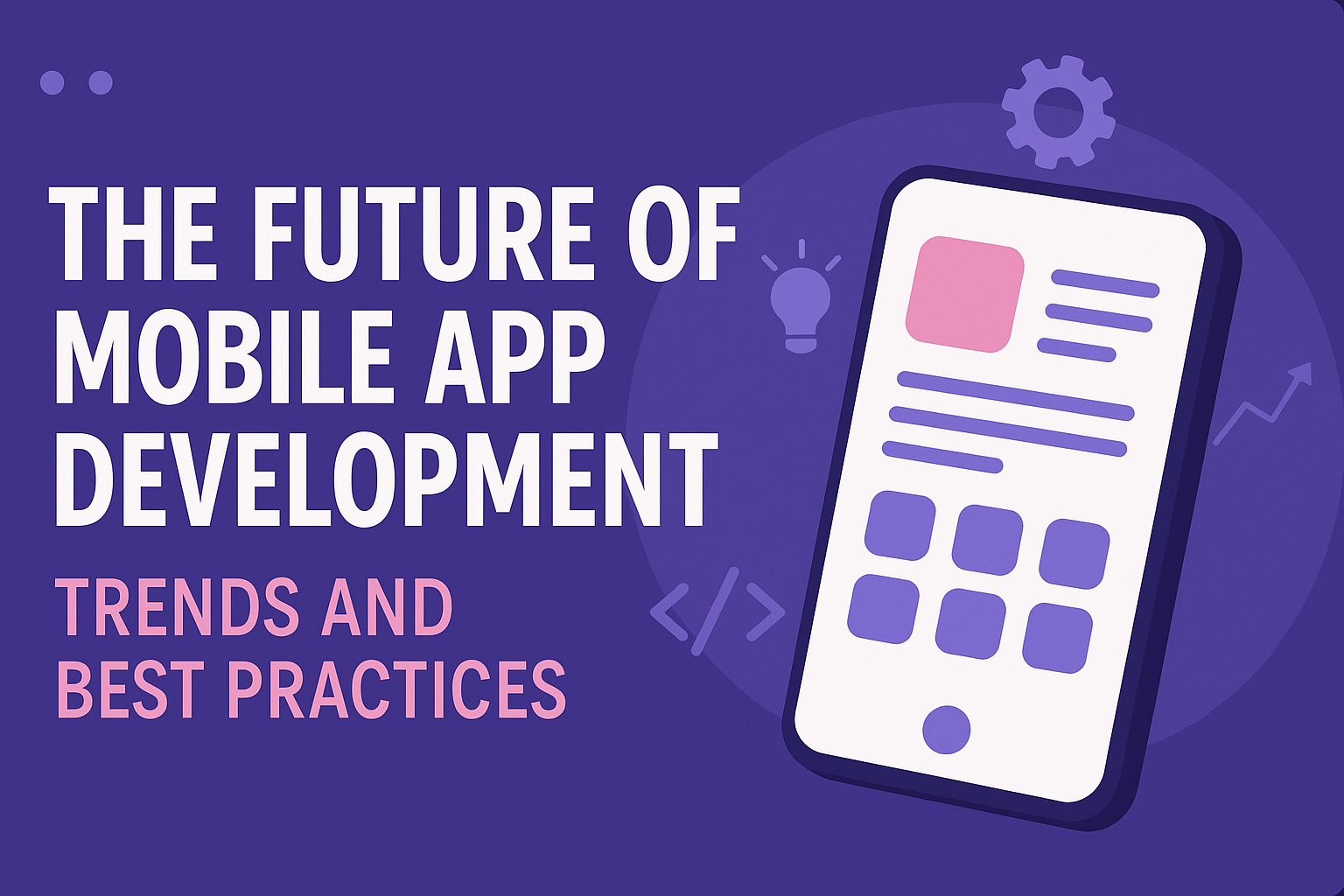Taxi Booking App Development: A Complete Guide to Launching Your Ride-Hailing Startup

Strong 8k brings an ultra-HD IPTV experience to your living room and your pocket.
In an age where convenience drives consumer choices, on-demand taxi booking apps have revolutionized urban transportation. From Uber and Lyft to regional leaders like Ola, these platforms have set a benchmark in real-time mobility solutions. If you're considering taxi booking app development, now is an excellent time to enter this fast-evolving market.
✍️ From Android and iOS to cross-platform tools like Flutter, our detailed guide on mobile app development explores the skills, technologies, and frameworks you need to create scalable, user-friendly applications.
This comprehensive guide explores the fundamentals, key features, technology stack, and development process required to build a successful taxi booking app.
Why Build a Taxi Booking App?
1. Growing Urban Population
Urbanization continues to accelerate, increasing demand for easy, efficient, and affordable transportation options.
2. User Convenience
With just a few taps, users can book a ride, track the driver, and make payments—all without cash.
3. Global Market Potential
The global ride-hailing market is projected to reach $230 billion by 2028, making it an attractive space for startups and enterprises alike.
Types of Taxi Booking Apps
1. Aggregator Model
This model connects users with third-party taxi drivers. The platform earns revenue via commissions (e.g., Uber, Bolt).
2. Ownership Model
Here, the business owns a fleet of vehicles and drivers, offering more control but also more overhead (e.g., traditional taxi firms going digital).
Core Features of a Taxi Booking App
To build a successful taxi app, you need three main components: Passenger App, Driver App, and an Admin Panel.
Passenger App Features
User Registration/Login
Allow sign-in via email, phone, or social media.
Real-Time Ride Booking
Users should be able to book rides instantly or schedule in advance.
Fare Estimator
Displays estimated fare before booking.
Live GPS Tracking
Users can track the driver’s location in real time.
Payment Integration
Offer multiple payment options: credit/debit cards, digital wallets, and cash.
Rating & Review System
Helps maintain service quality by letting users rate drivers.
Push Notifications
Inform users about ride status, promotions, and safety tips.
Driver App Features
Driver Onboarding
Includes document submission and verification.
Trip Request Alerts
Notify drivers of new ride requests.
GPS Navigation
Integrated maps for route optimization.
Earnings Dashboard
Shows daily/weekly income, trip history, etc.
Ratings and Feedback
Helps drivers improve their service and reputation.
Admin Panel Features
Dashboard
Monitor live operations, user data, and revenue metrics.
Driver Management
Onboard, suspend, or remove drivers.
Ride Management
Track ongoing, completed, and canceled rides.
Analytics and Reports
In-depth insights into operations and finances.
Promotions & Discounts
Manage coupon codes and offers.
Advanced Features to Consider
AI-Based Route Optimization
Helps drivers choose faster, fuel-efficient routes.
Surge Pricing
Automatically increases fare during peak demand.
SOS Button
A safety feature for passengers and drivers.
Multi-Language & Currency Support
Useful for regional or global reach.
In-App Chat or Call
Lets users and drivers communicate securely.
Technology Stack for Taxi App Development
Frontend (User Interface)
React Native / Flutter – Cross-platform mobile app development
Swift (iOS) / Kotlin (Android) – Native apps for better performance
Backend
Node.js / Django / Laravel – Efficient, scalable backend frameworks
MongoDB / PostgreSQL / MySQL – For data storage
Firebase / Twilio / Socket.IO – For real-time chat and notifications
APIs and Third-Party Integrations
Google Maps API / Mapbox – Location and navigation
Stripe / Razorpay / PayPal – Payment gateways
SendGrid / Firebase Cloud Messaging – Emails and push notifications
Steps to Develop a Taxi Booking App
1. Market Research
Understand your target audience, competition, and legal requirements in your operating region.
2. Define Your Business Model
Decide whether you'll use the aggregator model or own the fleet. This decision impacts feature sets and scalability.
3. Choose a Development Approach
Custom Development – Offers scalability and flexibility
White-label Solutions – Faster time-to-market and cost-effective
4. UI/UX Design
Focus on creating intuitive, responsive, and user-friendly interfaces.
5. Backend Development
Set up secure servers, databases, and APIs to handle user data and business logic.
6. Mobile App Development
Develop separate apps for passengers and drivers, ensuring smooth performance across devices.
7. Testing
Test for bugs, crashes, GPS accuracy, and payment flow across real-world scenarios.
8. Launch & Marketing
Deploy the app to app stores and market it via social media, referral programs, and SEO.
9. Post-Launch Support
Regularly update the app, fix bugs, and respond to user feedback to retain users.
Monetization Strategies
Commission per Ride
Earn a cut from every ride booked via your platform.
Subscription Models
Offer premium plans to drivers for increased visibility.
In-App Ads
Partner with brands to display relevant ads.
Surge Pricing
Increase fare during high-demand periods to boost revenue.
Challenges in Taxi App Development
Driver Retention
Incentivize drivers with bonuses and flexible schedules.
User Safety
Implement robust verification processes and SOS features.
Regulatory Compliance
Each region has its transportation and data privacy laws.
Competition
Differentiate with better service, pricing, or niche focus (e.g., eco-friendly taxis).
Conclusion
Building a taxi booking app is a complex but rewarding venture. With the right features, tech stack, and execution strategy, your app can meet the growing demand for urban mobility. Whether you're a startup or an existing transportation company going digital, partnering with an experienced development team is key to long-term success.
Embrace innovation, focus on user experience, and maintain service quality—and you'll be well on your way to creating the next big thing in ride-hailing.
Note: IndiBlogHub features both user-submitted and editorial content. We do not verify third-party contributions. Read our Disclaimer and Privacy Policyfor details.







